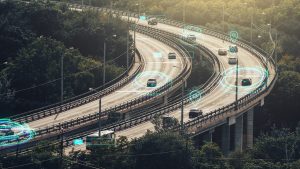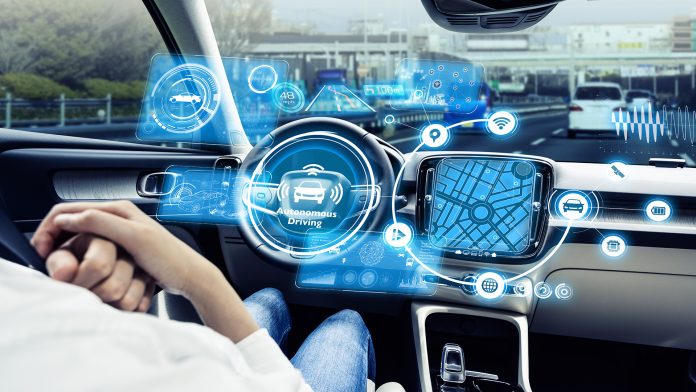Automated transport is on the rise, but many people are concerned about how safe it really is when robots are entirely operating them.
Now, a new report published by researchers at Warwick Manufacturing Group (WMG) at Warwick University has proposed a groundbreaking safety assurance framework that has the potential to be applied across all automated transport modes.
The report comes after more than 12 months of extensive safety research – undergoing evolution, development, and validation tests with key stakeholders across the land, sea, and air transport domains.
The report, titled ‘Cross-Domain Safety Assurance for Automated Transport Systems,’ encourages government policy to implement safety mechanisms across automated transport and contribute to the guarantee that vehicles operated by robots are entirely safe.
Over the past year, 35 organisations in industry, academia, government, and regulation from the UK and internationally have contributed to the discussions which have been captured in the report.
Safety guarantees can encourage trust in automated transport
The researchers highlighted the economic potential of the global automated transport ecosystem, which is projected to reach over £750bn by 2035, with a UK market share of approximately 6% –representing £42bn and creating up to 38,000 new jobs.
When it comes to the safety assurance of automated vehicles, the report suggests the need to not only establish the safety level of it, but also to communicate the safety level to all stakeholders, such as society, regulators, policymakers, and developers.
According to the research, communicating safety levels is critical as one of the main obstacles to the safe introduction and consumer acceptance of automated transport. The report contains key recommendations, including standardised definitions, new processes for virtual test environments, a new scalable and manageable safety assurance framework, and the critical role of independent organisations.
How can these measures be implemented?
The report highlights that whilst there are differences between the safety assurance processes of autonomous ships, aircraft, or vehicles, there are also large elements of crossover. This can then be leveraged by governments, developers, and manufacturers by aligning safety artefacts across the different types of transport, allowing for greater safety and consumer acceptance.

Ian Stewart MP, Chair of the Commons Transport Select Committee, commented: “It is important that we look ahead and horizon scan at emerging technologies – we have got to look ahead to ensure these regulations are in place.”
He continued: “It is really interesting that this conference looked at these issues holistically because it’s straightforward in the world of automated transport to look at each mode as if it existed in isolation, but there will be cross-cutting issues.”
Professor Siddartha Khastgir, Head of Verification and Validation at WMG, University of Warwick, said: “The safety of automated systems needs to be pre-competitive. At WMG, we are extremely grateful to all the contributors to the report who have come on this journey with us over the past 12 months.”
Khastgir concluded: “Capturing the collective intellectual output of the group, we have demonstrated in the report on cross-domain safety assurance across land, air and marine that there are a lot of synergies in the approaches across the automated transport domains. At the same time, certain aspects will be very specific to the domains that should be tackled individually.”









